La Ribera Night Walk
By nightfall, I found myself on the Luis Companis Boulevard, one of Barcelona's iconic landmarks. The entrance to the boulevard is opened by the Arc de Triomf (L'Arc de Triomf), which was built as the main gate of the international exhibition of 1888.
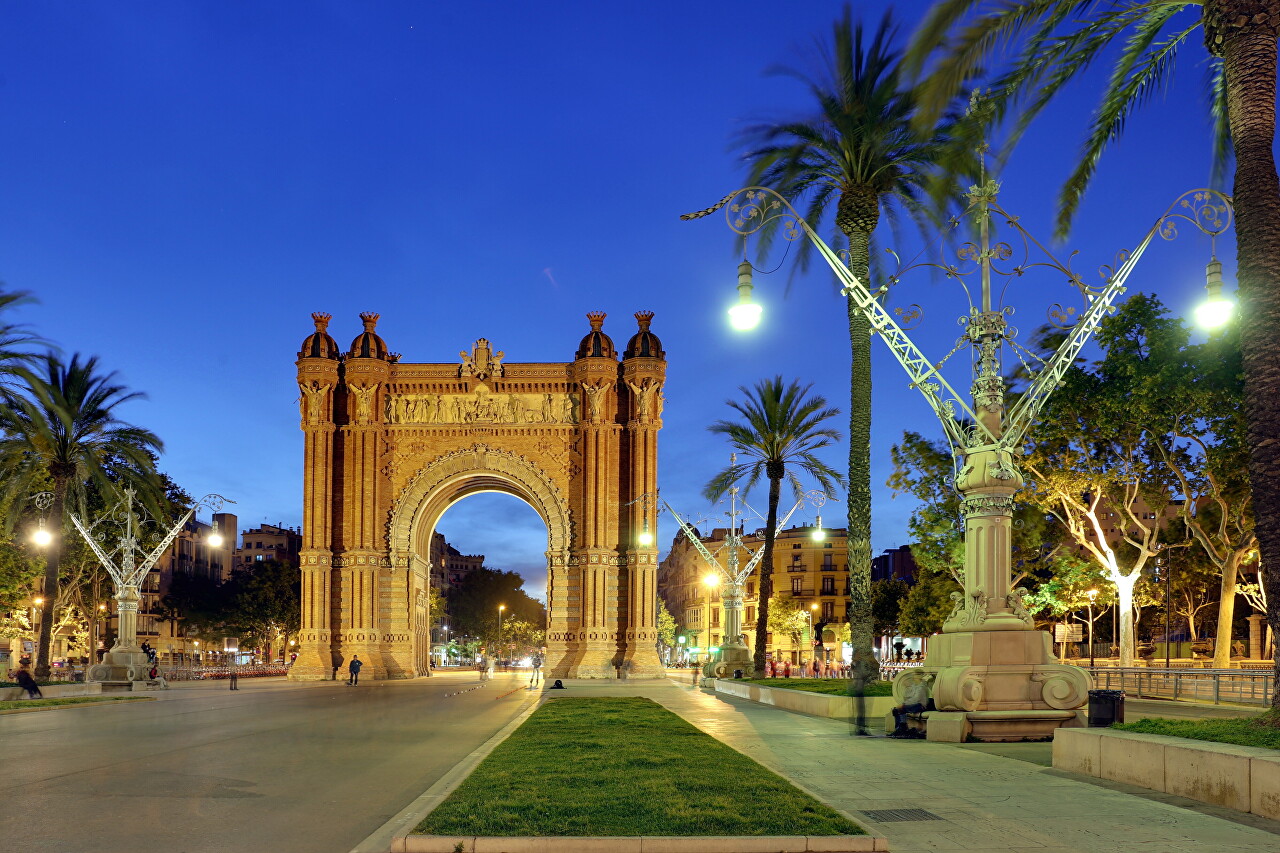
After walking along the boulevard to the Picasso Alley, I saw a beautifully illuminated portal at the very beginning of the Pujades Alley (Passeig de Pujades). This is the old convent of Saint Augustine (Convent de Sant Agustí Vell), and now houses the cultural center of Barcelona (Center Cívic) and the Chocolate Museum (Museu de la Xocolata)
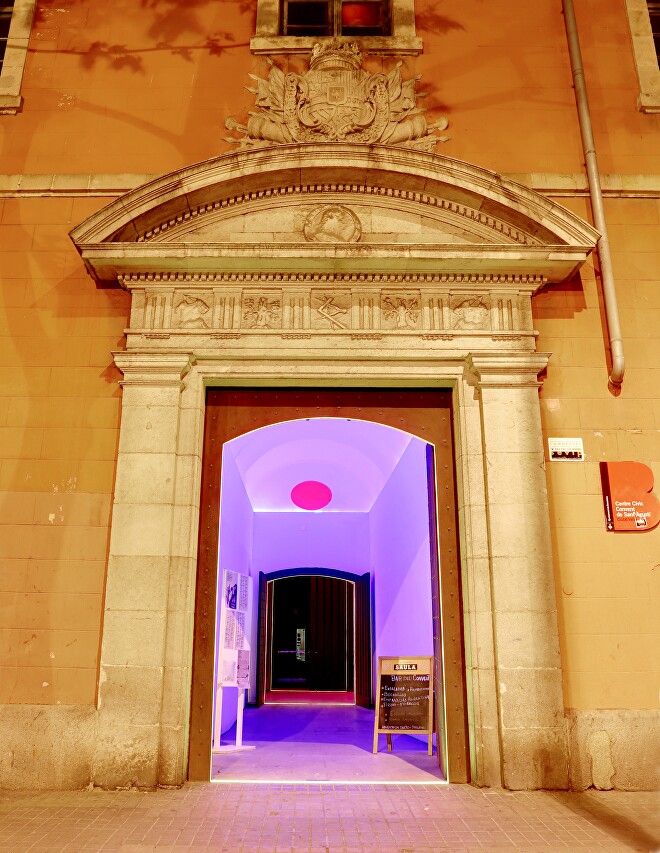
He walked down the alley to the Estació de França train Station and looked inside. There was no one in the brightly lit hall, even though it wasn't too late.
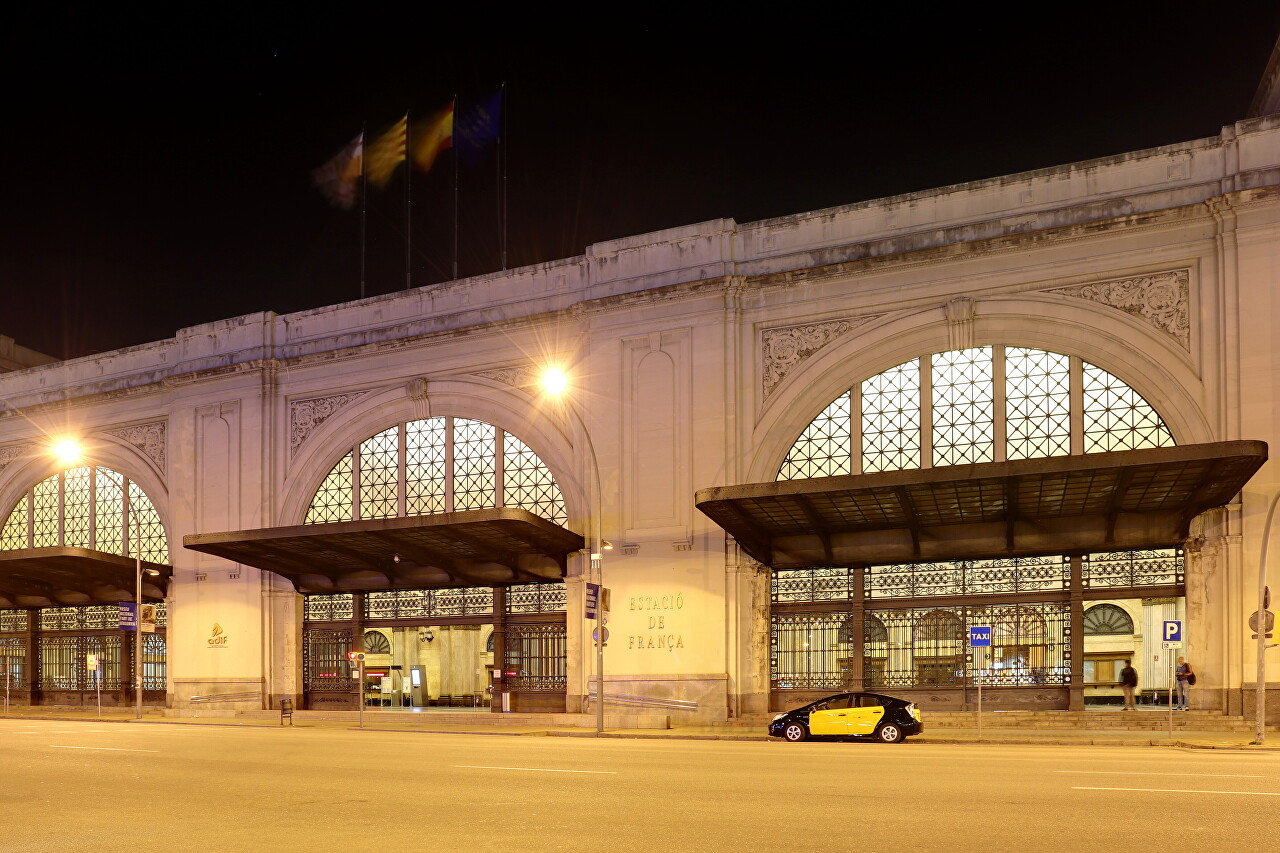
As soon as I started installing the tripod, security showed up and told me that it was forbidden to shoot from a tripod. There were no objections to my question about hand-held photography.
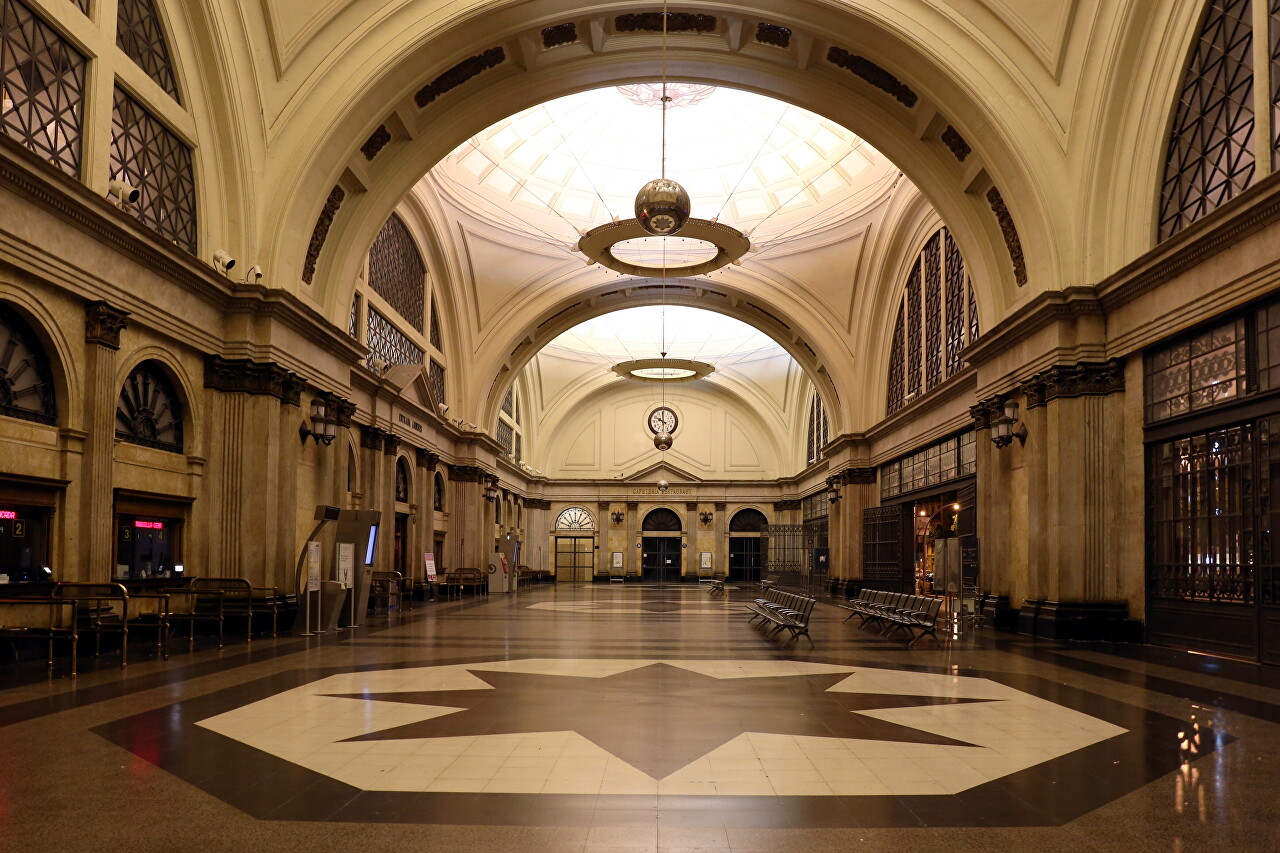
After walking a block from the train station along the street of Commerce (Carrer del Comerç), we will get to the square in front of the El Born market. Now the market spans are covered with excavations of 17th-century structures and expositions dedicated to the history of the city (El Born Center for Culture and Memory).
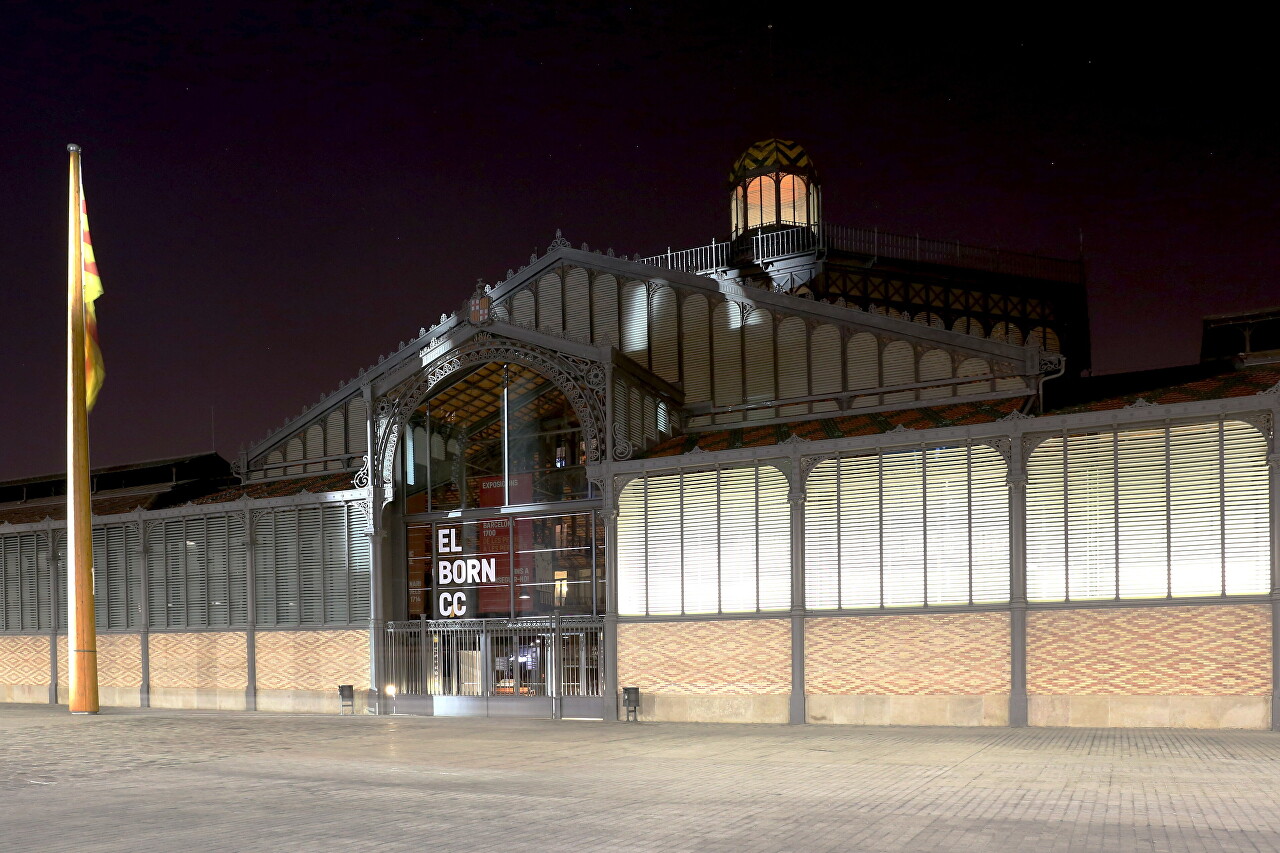
From the main entrance of the market building starts a small green boulevard Born (Passeig del Born), where you can find a variety of bars.
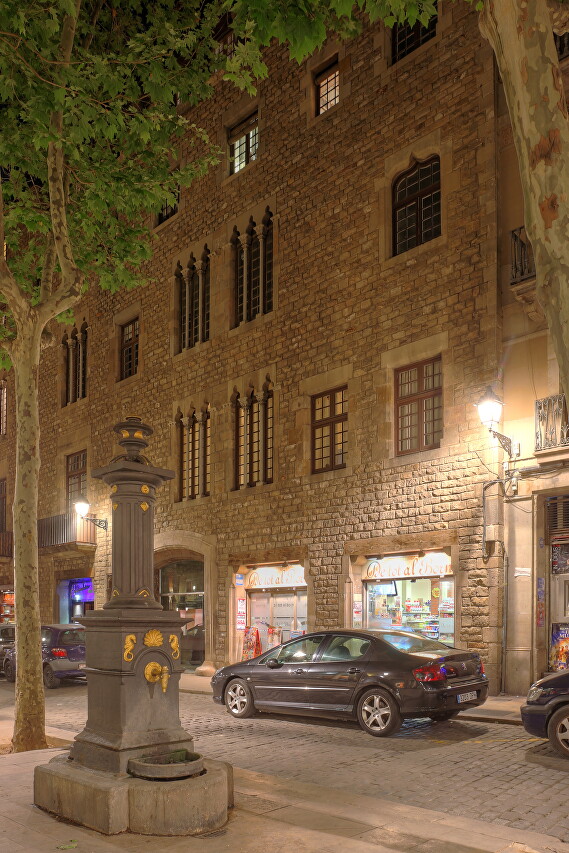
Travel guides speak of the medieval flavor of this street, but there is nothing like it here, and Casa Meca, which resembles a medieval castle, is a new model and was built in 1965.
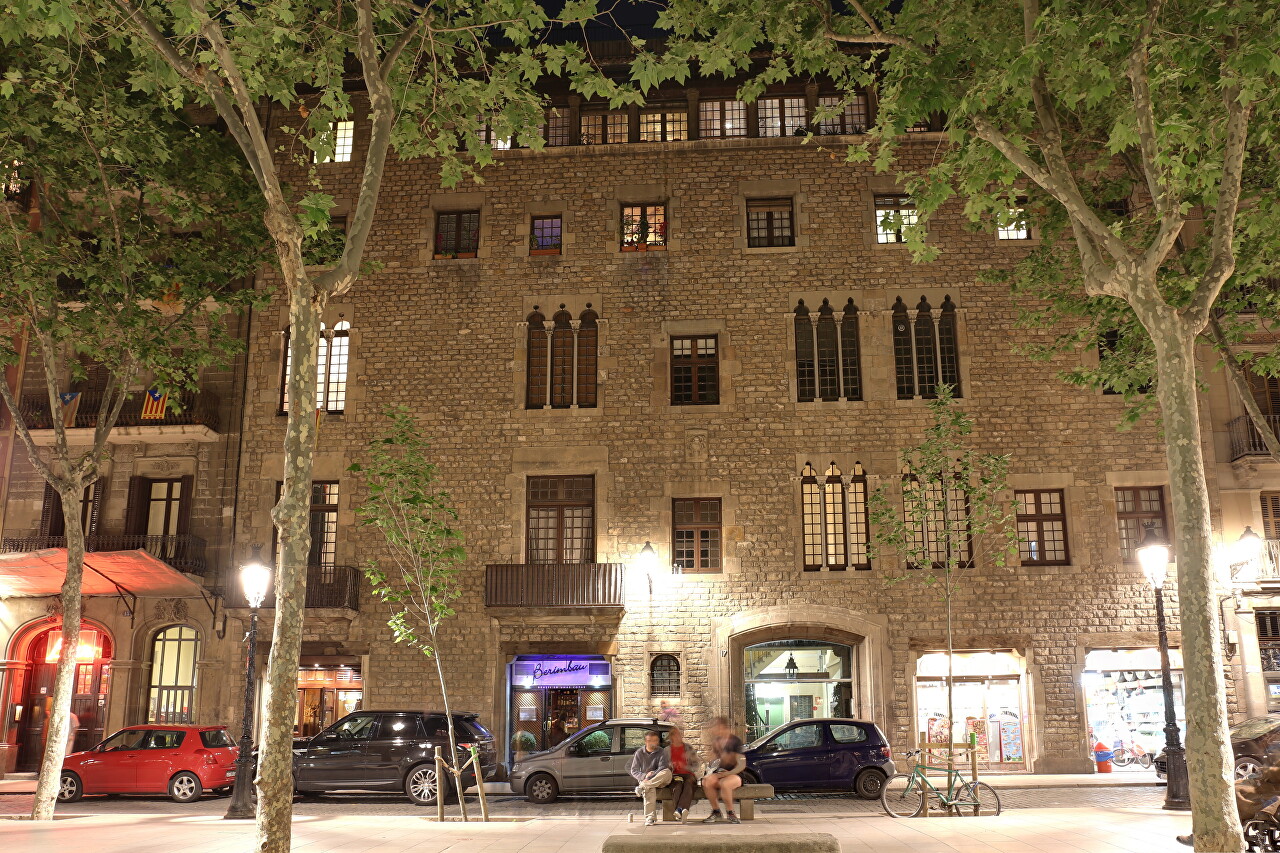
The boulevard ends with the Fossar de les Moreres square.
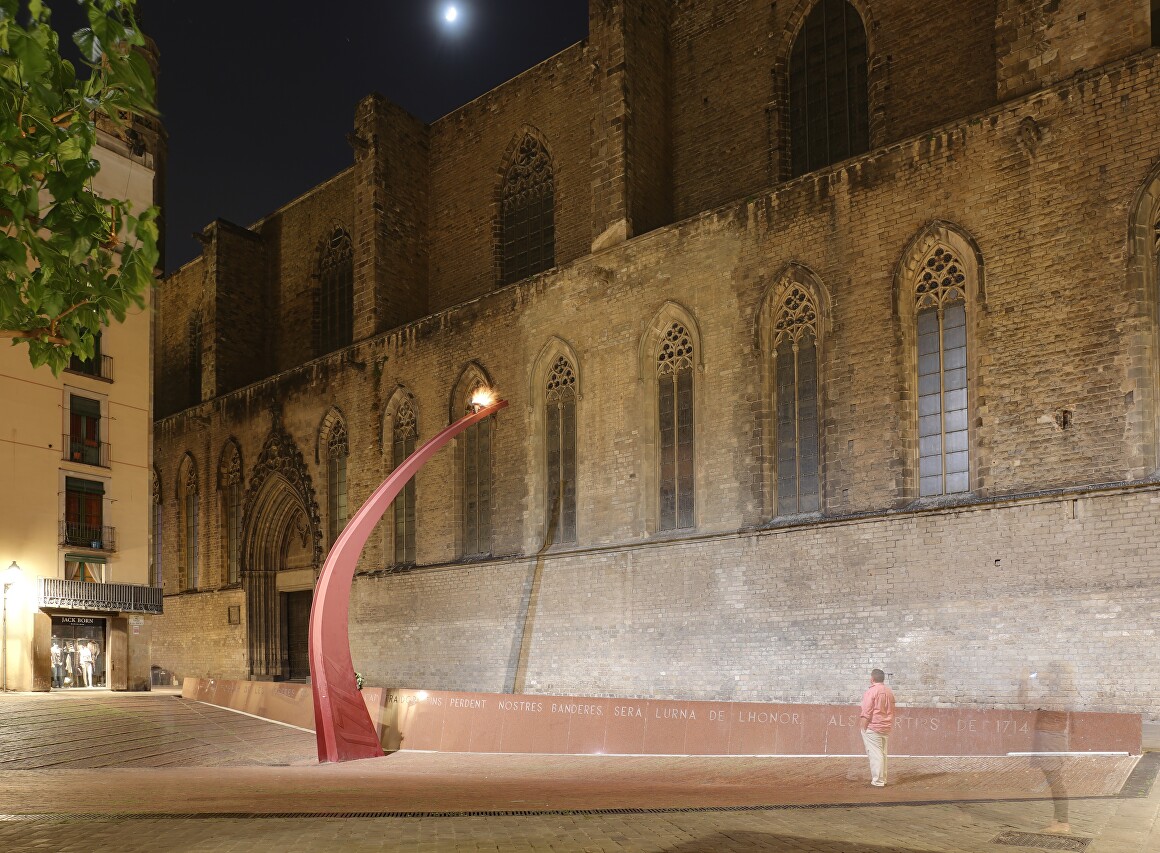
Here is a memorial dedicated to those who died during the siege of Barcelona in 1714. This place is also called the Catalan tomb of the Unknown Soldier.
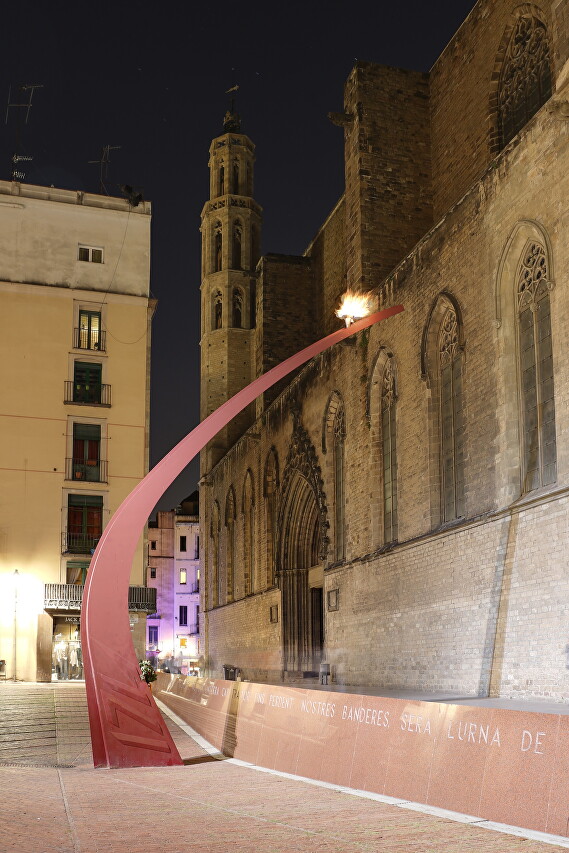
Memoreal is located near the walls of the Church of Santa Maria del Mar (Basílica de Santa María del Mar), the only medieval building on the boulevard. Here, too, the nightlife is bustling, the street cafes are full of visitors.
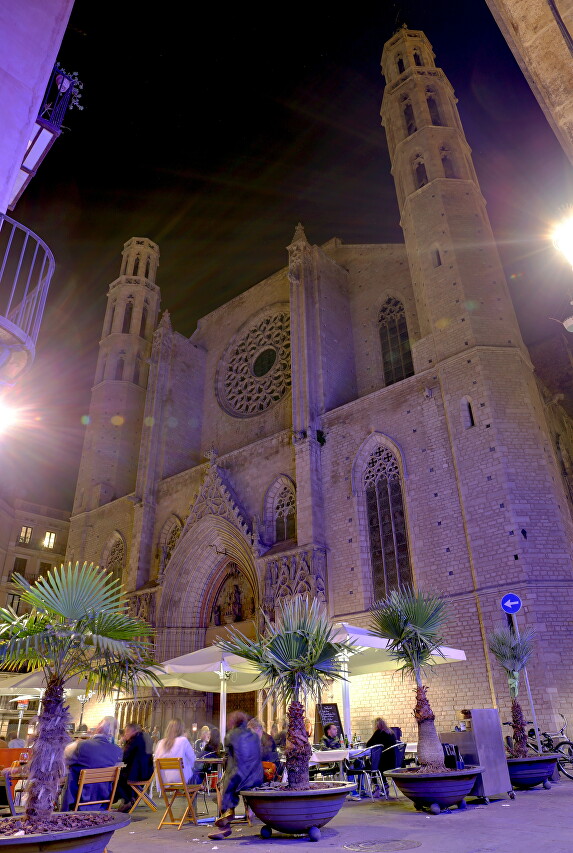
At the church, I plunged into a maze of narrow streets and, after some wandering, found myself in the Plaza d'Antoni Maura with the monumental Bank of Catalonia building.
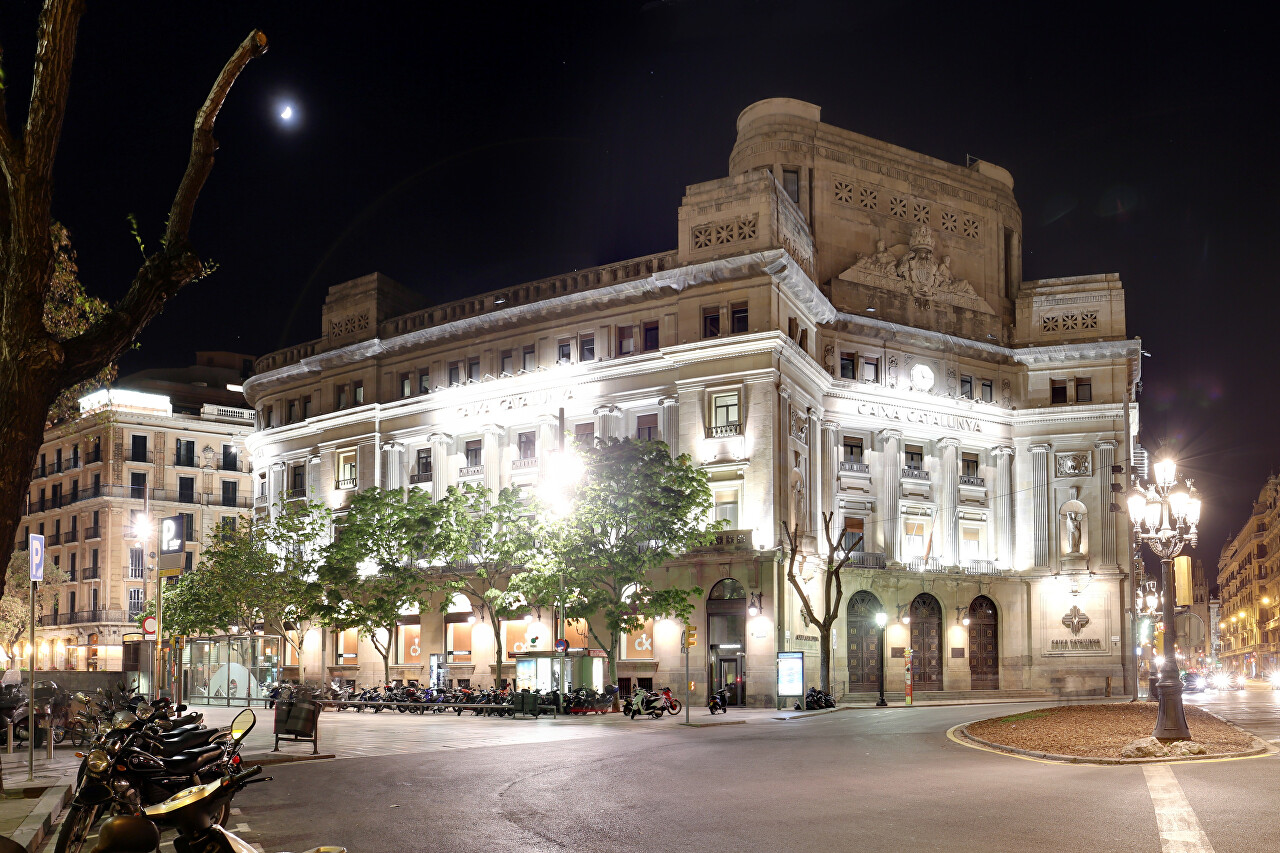
Here is the border between the area that includes the historic districts of Ribera, Santa Caterina and Sant Pere and the Gothic Quarter, where we will continue our walk in the next article.